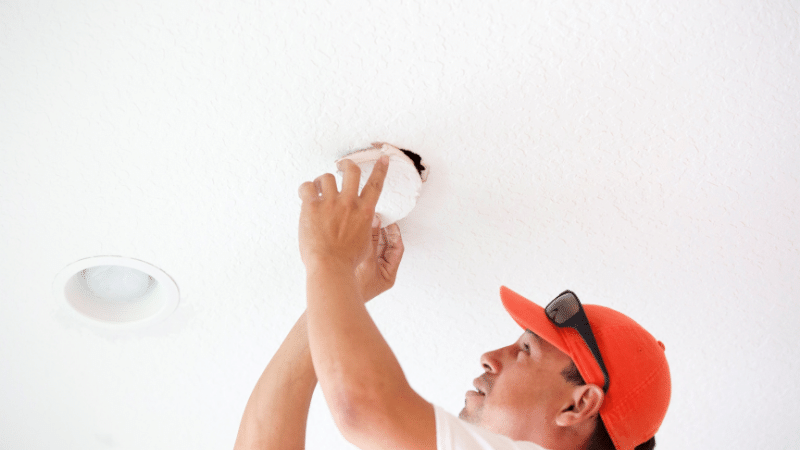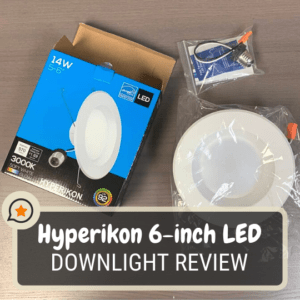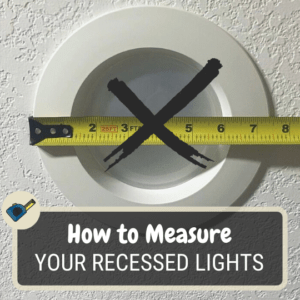
Recessed lighting is a common upgrade in most new homes, and it’s one of the best improvements you can make to an existing home.
If you are considering having recessed lighting in your home, it’s important to understand the installation process. That way you can ask electricians or contractors important questions when getting quotes.
Installation Challenges
During a homes construction, the electrician runs the wiring and sets the lights before the walls and ceilings are covered by the drywall.
In contrast, when a homeowner contacts an electrical contractor to have recessed lighting installed in their existing home, it’s a different type of installation. This project type is a remodel, and it can present some challenges that the electrician will need to contend with.
Challenge #1 – Limited Access
The first challenge that an electrician will face is that the walls and ceilings are finished, so access for running new wires may be limited. The electrician will likely need to run new wiring up the wall from a switch location and across the ceiling to one of the new lights. This cable is referred to as a switch leg or control circuit. They will also need to run wiring across the ceiling between each light location to interconnect them.
It’s possible that some additional holes will need to be made (besides the holes for the lights) to route the new wiring, so someone will need to repair them after the installation of the lights. This leads me to an important question to ask the contractor or electrician who is giving you an estimate:
Question to Ask: “Will your quote include any necessary wall and ceiling repairs?”
Challenge #2 – Dust and Mess
The second challenge with a remodel installation is that the home is likely furnished. Since installing recessed lighting involves cutting drywall, extensive precautions must be taken to control the mess. This leads me to the next important question to ask:
Question to Ask: “How will you protect the interior of my home from dust and debris?”
Just laying down drop cloths on the floor as many contractors do is not going to cut it. The dust created from cutting holes in the ceiling will certainly end up as a film on your furnishings. Plastic sheeting (painter’s plastic) should be used to close off the room and contain the dust and mess created.
Challenge #3 – Collateral Damage
And finally, there’s collateral damage. Recessed lighting installation involves saws, drills, ladders, and other tools and equipment, all of which have the potential to cause damage. After installing recessed lighting in thousands of homes over the years, I’m very familiar with all of all of the possibilities for damaging a home during an installation.
The most common damages caused to a home during recessed lighting installation are scratched or chipped surfaces (flooring, furniture, etc.) and drilling through water pipes in the ceiling.
Mistakes happen, but you can minimize the chances by using an experienced lighting contractor who takes precautionary measures to prevent them in the first place.
Question to Ask: “How will you protect my floors, furniture, and belongings from accidental damage?”
Question to Ask: “How will you ensure you won’t accidentally drill through a pipe, wire, or ducting that runs through the walls or ceilings?”
Conclusion
There are challenges to consider when installing recessed lighting in a finished home. The knowledge and experience of the electrician you choose, in the specific area of recessed lighting installation, can have a significant impact on the end result. Be sure to discuss the three challenges above with any electrical contractor before hiring them.






